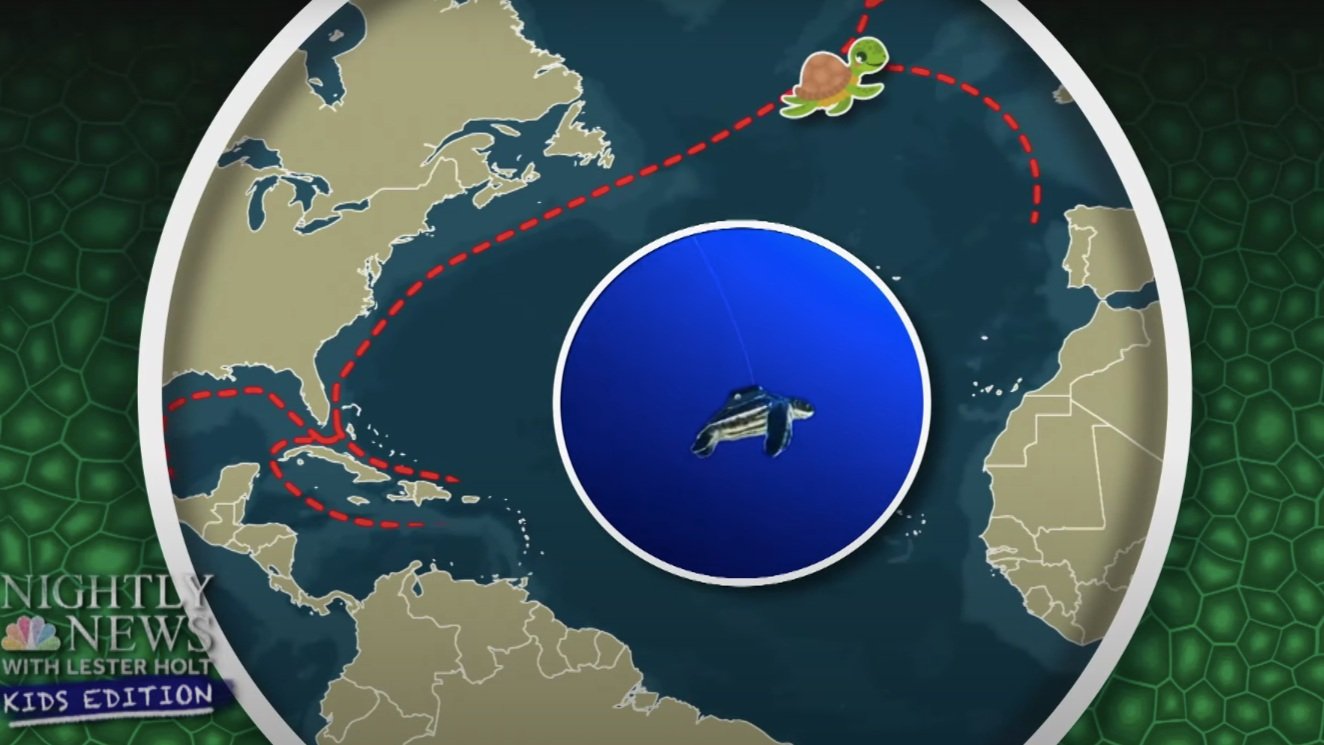Can’t wait for the next newsletter?
Check out recent stories on our blog:






















The Seattle Aquarium presented Upwell Wildlife Veterinarian Dr. Heather Harris with their 2025 Conservation Research Award for her conservation work and innovative research protecting sea turtles. Since 2004, this award has honored individuals who are leaders and innovators in marine conservation research by recognizing them for their dedication to advancing our knowledge of ocean and coastal health, as well as inspiring others to become ocean advocates and the next generation of conservation researchers.
Much of the current telemetry data collected by tagging hawksbills is from adult females, due to the fact that they are easiest to tag when they crawl up the beaches to nest. To expand our knowledge of small juvenile hawksbill movements, Upwell teamed up with ProTECTOR, Inc., an organization with the goal of advancing our understanding of sea turtle biology and ecology through research throughout the coasts of Honduras. In early July the collaborative team tagged eight juvenile hawksbills with micro-satellite tags. The turtles were then released just off of the northeast reef of the Bay Islands, with some making impressive journeys.
One of the biggest challenges in protecting sea turtles is that they are constantly on the move. All sea turtle species make migrations (big or small) from their nesting grounds to foraging areas, requiring coordinated conservation efforts between all territories that they cross through. For example, the USA, Canada, Mexico, Japan, and Russia participate in the Migratory Bird Treaty Act to protect the bird species that travel regularly across their borders. But what happens when the area that needs protecting doesn’t belong to any country?